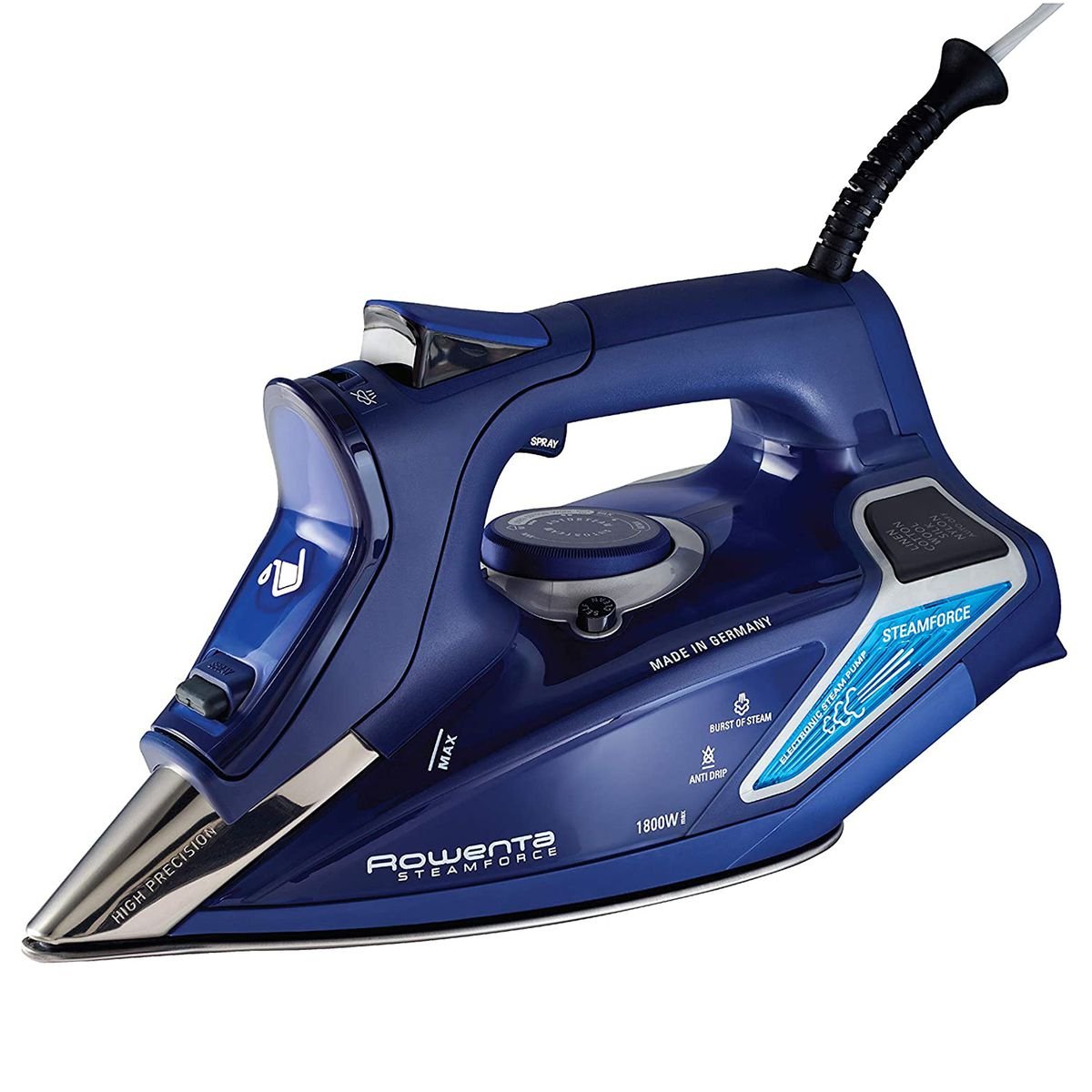Preparing Your Quilt for Longarm Quilting
Following these quilt preparation instructions will ensure that your quilt is ready to be quilted and produce the best results for the quilt you have worked so hard to make!
Quilt Top:
Measure your quilt top (Width and Height)
(Place a label with these numbers on the quilt (e.g. 60” x 70”), such as a sticky note pinned to the quilt top)Label which area of the quilt that you would like to be showcased as the “Top of the Quilt”.
Iron the quilt top before bringing it to be quilted. There is a $10.00 fee if it needs to be ironed.
Shrinkage naturally occurs during the quilting process.
Sometimes this can be from 1” to several inches depending on the density of the quilting.
Take this into account if you plan to enter your quilt in a show that has a minimum quilt size requirement.
Quilt Backing:
Backing must be 10” taller and wider than the quilt top.
This will allow for mounting your quilt on the longarm.
E.g., if your quilt top is 60x70, the quilt backing should be 70x80.
Backing must be 100% cotton. I also accept minky backings.
I do not accept sheets to be used for backing.
Iron quilt backing before bringing it to be quilted. There is a $10.00 fee if it needs to be ironed.
If the backing is pieced:
Iron seams open or to one side.
Remove selvedge at the site of the pieced seam. You may leave selvedge at the top and bottom of the quilt back.
Horizontal seams are preferred. They allow for the overall quilt to lay flatter.
Vertical seams can sometimes cause the edges to be wavy due to the pull in the middle seam line that does not allow for stretch.
Pieced or decorative backings:
I will do my best to line up any pieced backings.
They can sometimes be difficult to line up due to the draw up during the quilting process.
I do not guarantee they will be 100% straight.
Wide-back fabrics:
Wash wide-back fabrics before bringing it to be quilted.
Wide-back fabrics can sometimes be stiff due to the chemicals used in the process of making them.
If not washed, they can sometimes cause bearding on the back of the quilt (which is when the batting pushes through the backing fabric).
Flannel backing:
Wash flannel backing fabrics in very warm/hot water and dry on high heat before bringing it to be quilted. Do this before cutting your backing as this will cause shrinking of up to 3-8 inches.
After washing, press (do not iron) the backing. Ironing the flannel will cause it to stretch.
If not washed and pressed, flannel can cause the back of the quilt to shrink disproportionately to the quilt top causing puckering.
Batting:
I have quality Hobbs 80/20 Cotton/Poly batting available in natural (96”) and bleached white (108”).
You may bring your own batting, but please bring only high-quality batting. I reserve the right to decline batting that I feel may not be of good quality.
If you bring your own batting, it must be 10” taller and wider than the quilt top.
Quilt Preparation:
Trim all loose threads on the top and the underside of the quilt. Loose threads can show through the quilt top or bottom if the fabric is light in color.
Remove pins, buttons, and other items from your quilt.
If your quilt has sequins or other items that you are unable to remove, please discuss with me so I can determine if those can be accommodated.
Quilts Without Borders:
If your quilt does not have a border or has a Piano Key border, use a 1/8” Stay Stitch seam around the outside of the quilt.
This will help ensure the seams do not pull apart during the quilting process.
Digital Patterns:
Review and choose a digital E2E pattern available on the website.
You may choose several patterns that you like and we can discuss them when you arrive for your appointment.




